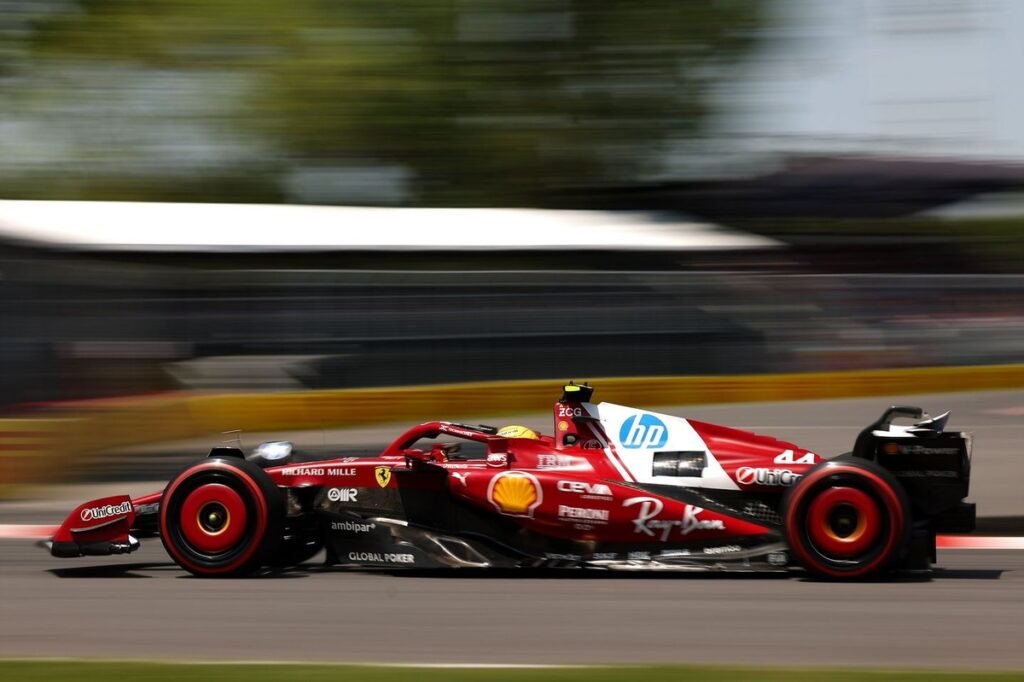Pirelli’s C6 Tyre: Performance Challenges and Strategy Implications
Pirelli’s new C6 tyre, introduced at the Emilia-Romagna Grand Prix, continues to stir debate within the Formula 1 community regarding its efficacy and impact on race strategy. While Pirelli is committed to maintaining six dry-weather compounds, the company acknowledges the necessity for improvements in the C6’s performance characteristics, especially compared to the C5, which was previously the softest tyre available.
Performance Feedback
Mario Isola, Pirelli’s Motorsport Director, highlighted that although the C6 was doing its intended job, many teams struggle to utilize its full potential. “The C6 is very close to the C5 but it is different in terms of behavior,” Isola remarked. “Drivers feel more confident with the C5, but if teams can find the performance peak of the C6, they can gain an advantage.” This makes it pivotal to optimize its use during qualifying, where the C6 was designed to act as the main qualifying tyre, allowing for a two-stop race strategy with more robust hard and medium compounds during the race.
Strategic Shifts
Recent races have highlighted the C6’s unpredictable nature. Some teams found that they could not achieve faster lap times with the C6 compared to the C5, often due to difficulties accessing the tyre’s prime performance window or experiencing rapid drop-offs in grip. This led teams like Alpine to choose the C5 for qualifying in Canada, impacting their race strategies.
Isola noted, “In Canada, some teams preferred the C5 in qualifying because they felt more comfortable with it, leading to variations in race strategies.” These factors illustrate the ongoing challenge Pirelli faces in enhancing the C6’s design to facilitate more competitive racing without necessitating excessive tyre management.
Future Considerations
Looking ahead, Pirelli is re-evaluating its plans to introduce the C6 for upcoming races, particularly in Singapore where track conditions could further challenge its performance. Isola stated, “There is still a possibility for Vegas, where it is very cold,” suggesting that adaptability remains a priority.
For Pirelli’s vision to materialize—less engine-dependent strategies and more varied race outcomes—the C6 must exhibit more pronounced advantages over the C5. “What I would like for the future is a C6 with more gap to the C5. Now it is around two-tenths of a second; we need half a second,” Isola concluded, emphasizing the need for a more aggressive compound that maintains a similar degradation level to stimulate diverse racing strategies.
Conclusion
As teams adapt to the new C6 tyre and its idiosyncrasies, Pirelli’s commitment to refining its compound lineup will be integral in shaping future race strategies and outcomes. The evolving narrative reflects both the excitement and complexities inherent in modern Formula 1 racing.


